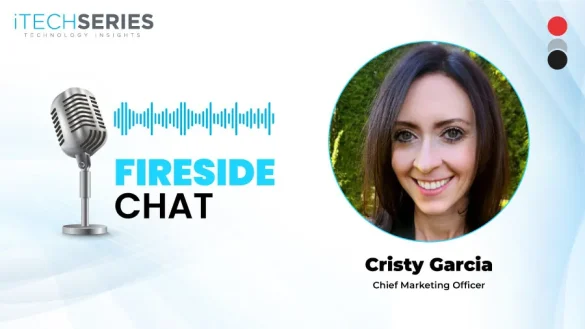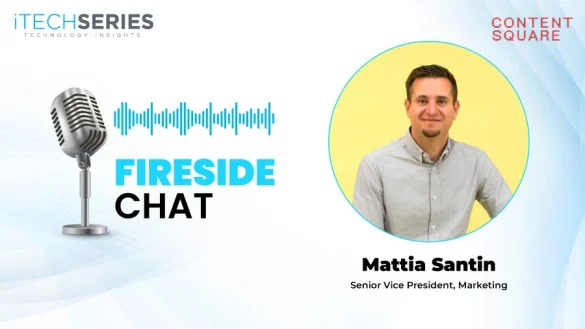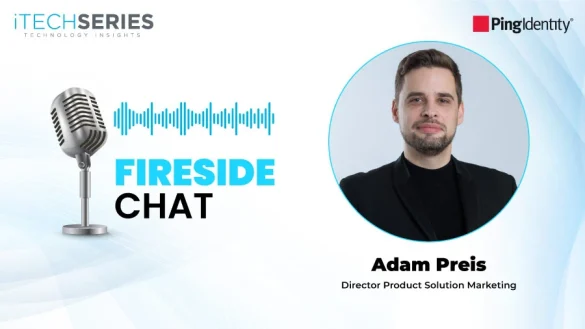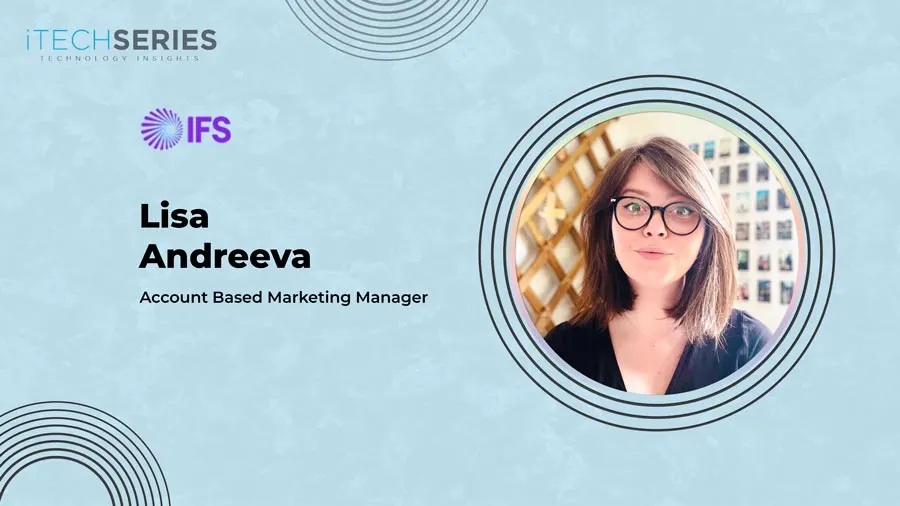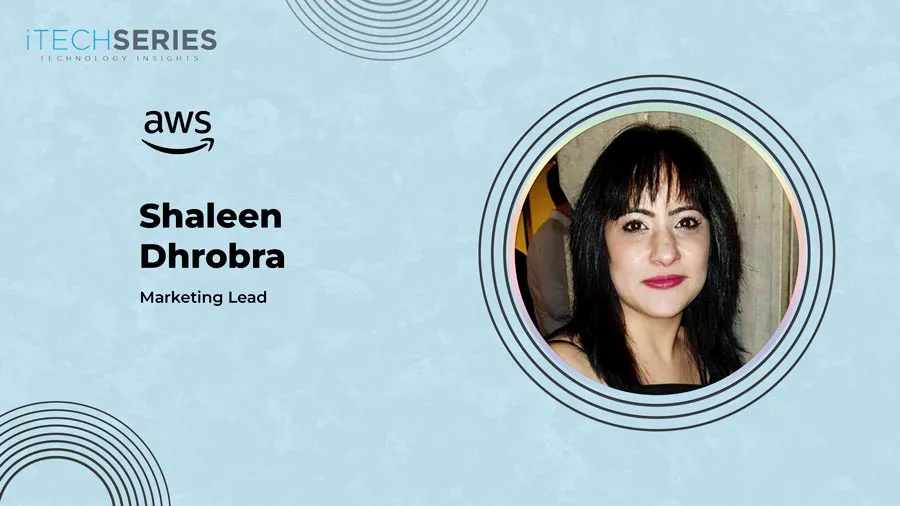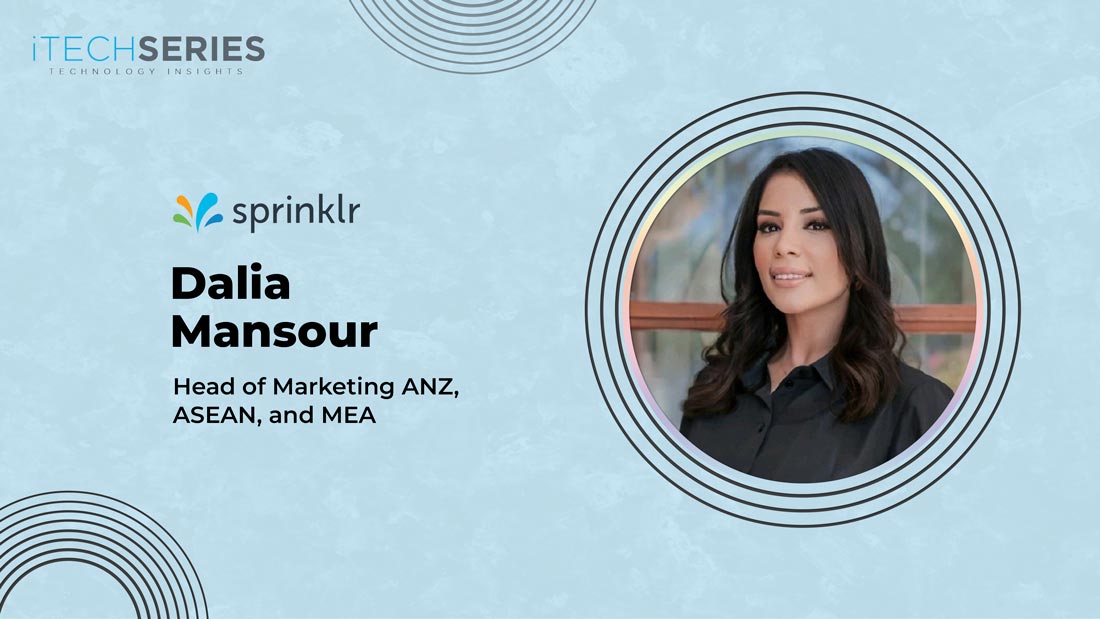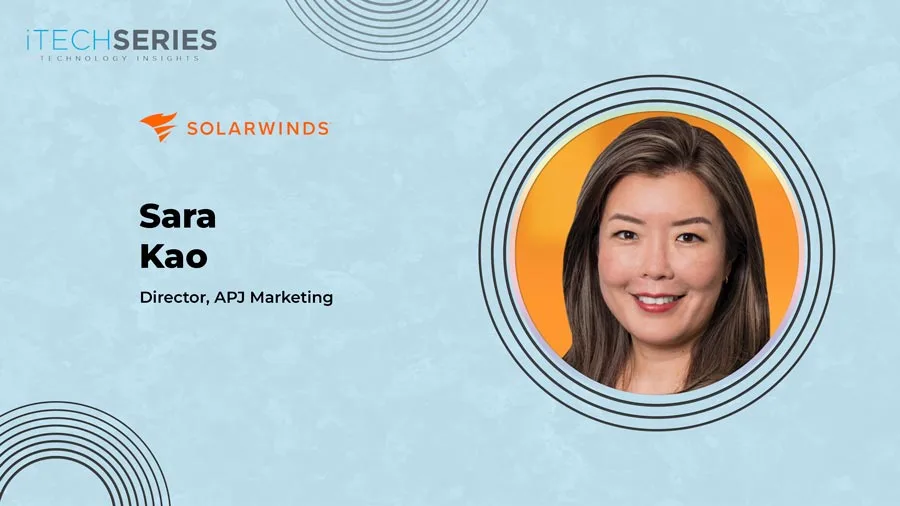Jessica Primanzon, a seasoned marketing leader, shares her evolution from event marketing to driving global campaigns in SaaS, healthcare, and IT. In this interview, she discusses aligning marketing with revenue goals, crafting impactful thought leadership, scaling personalization with AI, and leading successful go-to-market strategies across regions, all while staying grounded in data, insights, and agility.
It’s a pleasure to have you on this interview, Jessica. Could you tell us more about yourself and your marketing journey?
Certainly. I hold an undergraduate degree in business and economics, as well as an MBA with a focus in marketing. Over the course of my career, I’ve led marketing initiatives across a wide range of industries, from gourmet food and healthcare to medical education, SaaS, and automotive tools. My most recent assignment was with a company that develops software solutions to help businesses effectively manage and monitor their IT environments.
How has the role of marketing evolved within a unified revenue-focused go-to-market organization?
It’s remarkable how much the role of marketing has evolved. Early in my career, marketing was often siloed within the organization, with only a loose connection to sales. While its value was acknowledged, it was difficult to directly tie marketing efforts to business outcomes, making attribution a persistent challenge.
Today, marketing is a fully integrated, strategic partner in driving revenue. The explosion of marketing technology has enabled tighter alignment with sales, real-time performance insights, and a much more sophisticated approach to measurement. Modern marketing teams aren’t just supporting revenue; they’re accountable for it. They play a critical role across the entire customer journey, contributing to the pipeline, accelerating deals, and driving growth.
What are the core components of a successful go-to-market strategy when operating across global markets?
I’m currently leading the launch of a global industry survey, which has been an excellent case study in orchestrating a campaign strategy at scale across international markets.
We’ve approached the global report as a comprehensive, unified campaign, carefully mapping out all the components needed for success—spanning email, web, social, PR, thought leadership, community engagement, sales enablement, SEO, paid media, video, blog content, and more.
In parallel, we’re treating North America, EMEA, and APJ as distinct audiences, developing tailored regional campaigns that highlight the insights most relevant to each market. This allows us to ensure our messaging is meaningful and resonates based on regional priorities and nuances.
It’s critical to view your go-to-market strategy through both a global and regional lens. Revenue drivers can vary significantly by geography, and a one-size-fits-all approach often falls short of delivering meaningful impact.
How do you create thought leadership content that cuts through the noise and drives meaningful engagement and business impact?
My team and I focus primarily on thought leadership content, targeting the top and middle of the funnel. Our first priority is always to look at the data. What’s resonating with our audience? Which themes are contributing to the pipeline and closed-won deals? What pain points are most pressing for our customers?
While some of this insight comes from marketing and sales dashboards, it’s often even more valuable to hear directly from customers. What challenges keep them up at night? How did our solution help them drive transformation or solve a critical problem?
Early in my career, I sometimes relied on intuition to determine what would resonate, and I often missed the mark. In my current industry, I’m not part of the target audience. I haven’t held their roles or experienced their day-to-day challenges firsthand. That’s why I rely heavily on data, direct customer feedback, and the expertise of internal subject matter experts to inform our content strategy. Relationships with my product and product marketing peers are critical in getting the messaging right.
This collaborative and insight-driven approach ensures we’re creating meaningful, high-impact content that delivers real ROI.
“Modern marketing teams aren’t just supporting revenue; they’re accountable for it. We contribute to the pipeline, accelerate deals, and drive growth across the customer journey.”
In your experience, where have AI and automation best transformed how marketing campaigns are planned, personalized, and executed at scale?
Historically, scaling and personalizing campaign content often required significant investment, either in budget or bandwidth. If you were short on either, achieving true scale was a challenge. But in recent years, the rapid rise of AI-powered content tools has changed the landscape, offering both new opportunities and new considerations.
On the positive side, AI tools have made it easier than ever for content and campaign teams to produce personalized, scalable content at speed. I’ve been especially impressed with transcription tools that convert MP4s into accurate text. As someone who has spent countless hours combing through webinar recordings for key insights, these tools have been a game-changer in terms of efficiency.
That said, AI should be treated as one tool in a marketer’s toolbox—not the tool. While it’s tempting to delegate content creation entirely to AI, the outputs still don’t match the nuance, creativity, and strategic thinking of a skilled writer. For now, the most effective approach is to use AI to enhance and accelerate your process, not replace the human element altogether.
Can you talk about your most challenging yet memorable marketing campaign experience?
Over the years, I’ve led countless campaigns, but some of the most complex and nuanced have been competitive campaigns. These require a careful balance: clearly communicating where your product outperforms the competition while maintaining a professional tone and avoiding any disparagement.
I’m also not a fan of the one-sided competitive checklist, those assets where one product checks every box, and the competitor appears to offer nothing of value. As a buyer, I find that approach disingenuous. If a company truly had no strengths, it wouldn’t be a legitimate competitor. Instead, I believe in conducting thorough, honest research. There will always be areas where the competition excels, but the goal is to present a fair comparison that highlights your strengths in a way that ultimately positions your product as the better fit.
How can events—virtual or in-person—be used strategically to boost brand visibility, drive engagement, and support revenue goals?
I have a deep passion for events; they’re where I got my start, managing event marketing for a global food distributor. Events are a powerful component of the marketing mix because the very act of attending signals strong intent. Before a single conversation takes place, your prospects, customers, and partners have already expressed a meaningful level of interest. Events offer a highly concentrated environment to engage directly with your target audience, allowing you to bypass many of the traditional early touchpoints like email or phone outreach.
That said, events require a thoughtful and strategic approach. They can be resource-intensive, both financially and in terms of staff time, so it’s critical to ensure they are treated with the planning and analysis they deserve. Are leads being routed quickly and efficiently to the sales team? Is there a structured follow-up plan in place? Is the sales team equipped with the enablement materials needed to act on these opportunities? Most importantly, how will success be measured, and what will it look like for the event?
As a marketing leader, what would be your advice to up-and-coming marketers on cultivating leadership qualities?
I have two key pieces of advice. First, find a mentor, or even a few. This doesn’t need to be a formal process. Don’t hesitate to reach out to leaders within your organization whom you admire and respect, and simply ask if they’d be open to mentoring you. Most leaders are more than willing to support growth in others, and these relationships can be incredibly valuable. I currently have two mentors: one is a peer within my organization, and the other is a vice president on a different team. Each offers a unique perspective, and I consistently walk away from our conversations having learned something new.
My second piece of advice is to become a lifelong learner. My formal education took place some time ago, and the marketing landscape has changed significantly since then.
To stay current and continue growing, I make a point to complete at least one course or certification each year. It’s a practical way to keep learning, stay engaged, and build new skills as the industry evolves.
About Jessica Primanzon:
Jessica Primanzon is a seasoned marketing executive with over 25 years of experience leading high-impact initiatives across industries, including healthcare, SaaS, and automotive tools. With an MBA in marketing and multiple certifications, she excels in campaign management, product marketing, and event strategy. Jessica currently drives marketing for a software company focused on IT solutions, combining strategic insight with data-driven execution to deliver measurable business outcomes.


